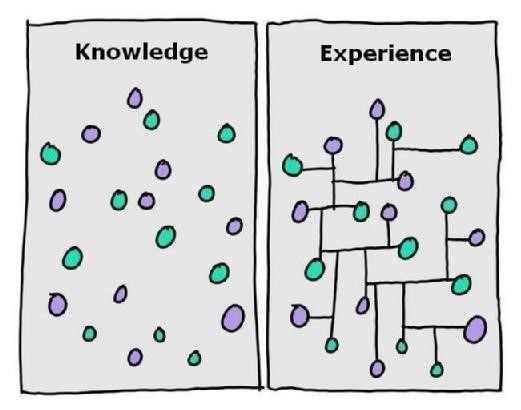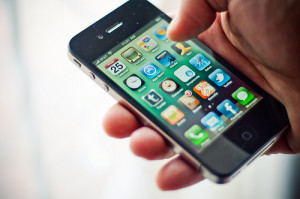 ‘Tis the season for the BIG Q4 Push! The time has finally come to reap the fruit of all the hard work and planning undertaken in the past year. The pressure is high to bring in as many deals as possible before the EOY, with many a bonus depending on it. Without fail, companies are trying to find that next gear to help them finish the year on a high note. But after developing your business model and making investments to achieve the aggressive growth goals set by your company and stakeholders, are you rolling out a BIG year-end Promotion Dud?
‘Tis the season for the BIG Q4 Push! The time has finally come to reap the fruit of all the hard work and planning undertaken in the past year. The pressure is high to bring in as many deals as possible before the EOY, with many a bonus depending on it. Without fail, companies are trying to find that next gear to help them finish the year on a high note. But after developing your business model and making investments to achieve the aggressive growth goals set by your company and stakeholders, are you rolling out a BIG year-end Promotion Dud?
Below are five reasons why your year-end Sales Person, Channel Rep and Sales Engineer Year-End Promotion might be a Dud:
- Expecting accelerated sales without accelerated incentive — There are many natural reasons why there are more sales closed at the end of the year, including pre-conceived sales timelines and the deadlines set by the customers themselves. But if you want a BIG lift, you need to invest in accelerated incentives for the channel. In other words, get your channel salesforce engaged & motivated with an exciting (worthwhile) award!
- End-Buyer or End-User incentives – Offering an End of Year Incentive for a signature can seem desperate and worse has proven ineffective. Now, If you know exactly what is needed to get the end-user to buy, a custom carefully crafted incentive can be effective effective. This is better known as negotiating. But a blanket incentive (i.e. “buy before the end of the year and get a 10% discount”) often ends up being a serious dud. In addition to having a minimum impact on overall sales, these types of promotions make your organization look desperate and set a precedent for future negotiations.
- Incentivizing the wrong channel stakeholder — Make sure you are incentivizing the people that actually influence the sales. These people are the people in the channel that interface directly with the end buyer. Usually these are the channel partner’s sales people and sales engineers. At Move the Channel, we call these people the POI (Point of Influence).
- Zero Creativity — Doubling or tripling a current incentive will certainly get an audience’s attention, but if you don’t infuse your channel strategy with creative promotions, you could be missing a huge opportunity. Coming up with a something like a well-marketed “Grand Prize” or themed rewards gives you the chance to create some buzz and generate excitement.
- First timer — Just because you’re new to the game, doesn’t mean you have to look the part. Hopefully you have an incentive platform already in place that can roll promotions and campaigns quickly and professionally to the channel. If you don’t, you should look into working with an incentive partner who has a turnkey platform that can be configured quickly and easily be customized to your brand.

Here are some of the themed year-end promotions I’m seeing right now. Lot’s of motivation psychology applied including Cialdini’s principals of influence including: Reciprocation, Commitment & Consistency, Social Proof, Liking, Authority, and Scarcity…. otherwise know as FOMO!
- Take the Title!
- Get into the Game
- Reach for New Heights
- Step Up to the Plate
- Race to Riches – Horse Race
- Escape Race
- Second Chance
- Crown Jewels
- F1 – Leaderboard
- Pacesetters 0 Americas Cup
- Express2Hawaii
- Track2Travel
- 2 for the Show!
Let me know if you want to take closer look at the rule structure and promotion delivery. Or if you’re looking for other ideas on how to finish the year off strong, send me an email and I’ll forward you two of the most popular Year-End Push Campaigns this year.
Move the Channel,










